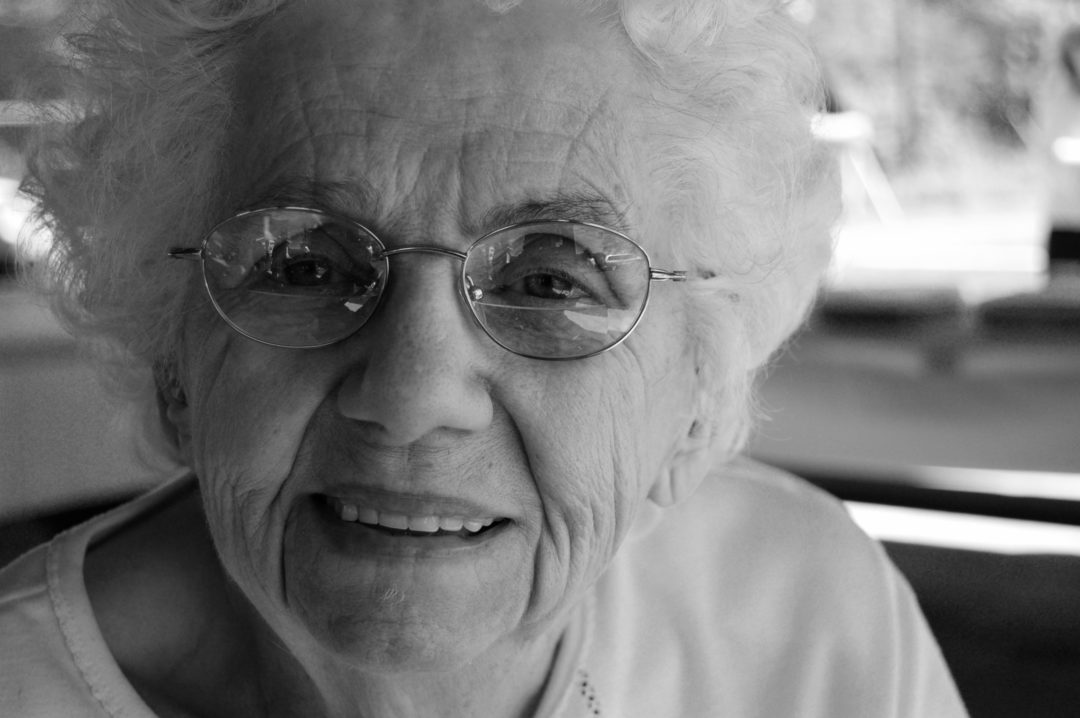Senior living housing options can vary widely, both in the level of care offered as well as the costs involved. As our longevity increases, more and more of us will be required to consider how and where we will spend our senior years, and senior living options are a large part of this decision. While our first choice may be to age in place, or remain in our own home, this may not always be a viable option. The choice of senior living arrangements will be largely dependent upon your individual needs, preferences, and, of course, financial status, and it is important to thoroughly explore all available alternatives.
Senior Living Options
Depending on your need for support and care, you have the possibility of remaining in your home with home care aid, retirement living, independent living, assisted living, or living in a continuing care retirement community. Consider the following senior living options when making a decision on where you will spend your golden years.
- Does the facility offer Alzheimer’s or dementia care should it become necessary?
- How about other disease management, medical services and medication management?
- What level of personal senior care is offered, and what types of social activities are included?
- Is meal preparation a part of the package, or, if offered, is it at an extra cost?
- How about housekeeping, laundry, and running errands?
Determine whether you are interested in a long-term solution, or have no trouble changing senior living facilities as your needs change. If luxury amenities are important to you, then find out which ones are available.
Senior Living Costs
Assisted living facilities can range from $1,800 to $3,500, and are typically private pay only, although in some instances Medicaid may pay a certain portion. Retirement living is almost never covered by either Medicare or Medicaid, and the cost will be largely dependent on the region you choose to live in, as local real estate prices can affect your budget. Home care can cost from $3,000 to $4,000 per month, and though it is usually covered by private pay, in some instances Medicare and Medicaid will pay at least a portion.
Continuing care retirement communities may be partially covered by Medicare or Medicaid and can range from $400 to $2,500, plus applicable entrance fees. Independent living facilities will cost from $1,300 to $2,500 and are rarely ever covered by Medicare or Medicaid. Sometimes costs can be covered by a private insurance policy, so explore all your options for financial help when deciding on a senior living facility.
Senior Living Care Levels
If you choose to age in place in your own home, make sure your physical and mental health, as well as your financial resources, support this choice. Consider what types of assistance are available in your immediate community. Most communities offer some form of Meals-on-Wheels or home meal delivery, if this is a consideration. Determine whether or not you will be able to find medical caretakers as well as help for housekeeping and home maintenance.
Ensure that your home can be properly modified to accommodate any future physical issues. If any of these aids don’t appear to be readily available, you may need to consider the alternatives of an assisted living facility, retirement community, or independent living facility. Residents in most types of assisted living facilities or retirement communities may either have special physical or mental needs, or simply want to live in an environment where they are not responsible for housekeeping, cooking and home maintenance. The question of whether or not you have relatives or friends who are close enough to offer assistance on a regular basis is also a consideration when deciding what level of senior housing you require.






